Tucked onto a slender parcel surrounded by a large arena, an athletic field, and a hulking four-story chemistry building, the Princeton School of Architecture’s new 8,500-square-foot Embodied Computation Lab is easy to miss. More, its modest shedlike form and rustic wood facade belie its function as a state-of-the-art classroom and workshop for research into advanced building technology including automated construction, feedback systems, energy harnessing, and new wall and roof assemblies. Its most remarkable features are subtle if not invisible. The result of a rigorous design process and insatiable drive to innovate, the lab is the first ground-up building designed by David Benjamin, founder of the New York–based research studio The Living.
Established in 2011 and acquired by software giant Autodesk in 2014, the group’s name suggests the area of exploration central to its work: the intersection of biology with computation and design. Projects have ranged from producing organic bricks from a mixture of agricultural waste and mycelium for a 43-foot-high tower, for MoMA PS1’s 2014 Young Architects Program, to developing an algorithm based on the transformative qualities of slime mold to generate a high-performance prototype for the world’s largest metal 3-D-printed airplane component.
Additional Content:
Jump to credits & specifications
Benjamin’s involvement with the Princeton project began with a 2014 feasibility study for the site, the architecture school’s designated area for the tectonic testing of structures, large-scale mock-ups, and teaching of construction methods since the 1940s. Charged with determining if the school’s existing buildings—an early 20th-century horse stable and an adjacent 1950 glass box designed by then-professor Jean Labatut—could be adapted to provide the space and support needed for more progressive programming and cuttingedge research, he concluded that the stable, the laboratory’s primary facility, should be replaced. Considering the legacy and significance of Labatut’s modern addition (in the 1960s it hosted Buckminster Fuller’s first Geosphere), Benjamin suggested that the university keep it. (“It’s also a great research feature for testing the worst-case scenario of the midcentury, single-glass-pane typology,” he adds.)
“Part of the challenge was figuring out the type of equipment that will be needed for research not just next year but also in five, 10, and 20 years,” says Benjamin. “That led to the idea of accommodating something that will continue to be interesting and relevant—two robots, on tracks, that collaborate with each other.” Unlike CNC technology, the robots have the intelligence to extrapolate data for rapid prototyping.
The building’s open, elongated 140-foot by 52-foot form was driven by programmatic needs such as flexible spaces for testing, exhibitions, and classrooms (a loftlike mezzanine provides a seated instruction area); the ability to simultaneously work on multiple projects; and plenty of storage. The radius of movement for the two robots helped determine precise dimensions for the floor plate and 23-foot ceiling height. Benjamin also thought about how the robot tracks could potentially be extended to form a production line.
In several ways, the lab was designed to be “open-source.” A third of its framework, for instance, extends out beyond the enclosed structure, providing researchers with the bones to build out their own wall assemblies. “In order to test out materials, construction processes, mechanical systems—you have to do it at full scale,” says Benjamin. “The idea was to home in on features of the building that would help researchers learn new things.” Another example of open sourcing is the heating system: while the lab currently harvests waste heat from the neighboring chemistry building, Benjamin installed equipment and controls so that students could swap heat sources by hooking up to a geothermal well.
Just as the building was constructed to foster these types of investigations, the process of designing it was a way for Benjamin to propel his own research on materials with low embodied energy—or the energy required to extract, produce, transport, and assemble materials into buildings. For the structural frame, Benjamin opted for glue-laminated wood (glulam)—an unusual choice given the requirement to support a 5-ton gantry crane.
“People asked me, ‘Why isn’t this steel?’ ” Benjamin says. “Well, it turns out, it doesn’t need to be steel. It just took a little more thinking to achieve with wood.” Much of the building’s interior is fashioned from plywood, and its facade is composed of over 900 salvaged New York scaffolding boards.
Intrigued by the idea of analyzing and exposing each board’s unique properties, Benjamin focused on the feature with the most visible variability—the knots. He found that sandblasting the knots deepened the ridges of the wood’s fine natural grains, implying possible environmental benefits for the building envelope: the micro contours can trap pockets of air, serving as an “invisible parka”; they also form discrete channels for water runoff. (Sensors placed behind the sandblasted boards, which clad only the south facade, actively track performance data. Untreated boards on the north facade feature sensors as well, serving as a control sample.)
Altering the boards also allowed Benjamin to incorporate machine learning—the same area of artificial intelligence enabled by the robots—in a novel way: the design team used algorithms derived from facial-recognition technology to identify the individual knots, which were then treated with a custom-made CNC sandblasting machine. In some cases, the computer missed the knots—a slipup he embraces. “This is a tangible representation of machine learning today, with all of its potential pitfalls and accuracies,” he says. “And in the end, it’s a great example of what the building is—a place where computation gets embodied in the physical world.”
CreditsArchitect: The Living
Personnel in architect's firm who should receive special credit: John Locke, Project Architect, Registered Architect
Architect of record: NK Architects
Engineers Structural engineer: Buro Happold
General contractor: Epic
Photographer: Michael Moran, Pablo Marvel |
SpecificationsStructural System Wood (glulam) Manufacturer of any structural components unique to this project: Glulam manufacturer: Structural Wood Systems Exterior Cladding Wood: Exterior cladding made of wood, including repurposed scaffolding boards from New York City construction that would otherwise end up in a landfill. We worked with non-profit organization BIG Reuse on sourcing and processing the material. Other cladding unique to this project: In addition to using repurposed boards, we invented a process of photographing the boards, training a machine learning algorithm to detect knots in the boards (which represented the unique features of each board), sand-blasting the knots of each board (with a custom CNC-sand blasting machine that we created), and positioning each board to match the solar analysis for the building to help reduce heat gain. We worked with the fabricator Evan Eisman Company on the sand-blasting process. Roofing Elastomeric: Roof: Sarnaclad Sarnafil Membrane Windows Metal frame: Storefront system: YKK AP Glazing
Doors Entrances: Storefront system: YKK AP Upswinging doors, other: Hangar door manufacturer: PowerLift Hydraulic Doors Hardware Locksets: Locksets: Best Access Systems Closers: Closers: LCN Exit devices: Exit Devices: Von Duprin Other special hardware: Door POS Switch: Schlage Elec Interior Finishes Paints and stains: Paint: Benjamin Moore Furnishings Office furniture: No furnishings other than research equipment provided by owner Lighting Interior ambient lighting: Interior: NULITE Regolo 4 LED Pendant Exterior: Exterior: Kenall Energy Energy management or building automation system: Building automation system: Siemens Other unique products that contribute to sustainability: Radiant Floor: Uponor Add any additional building components or special equipment that made a significant contribution to this project: Crane manufacturer: Crane Buzz |
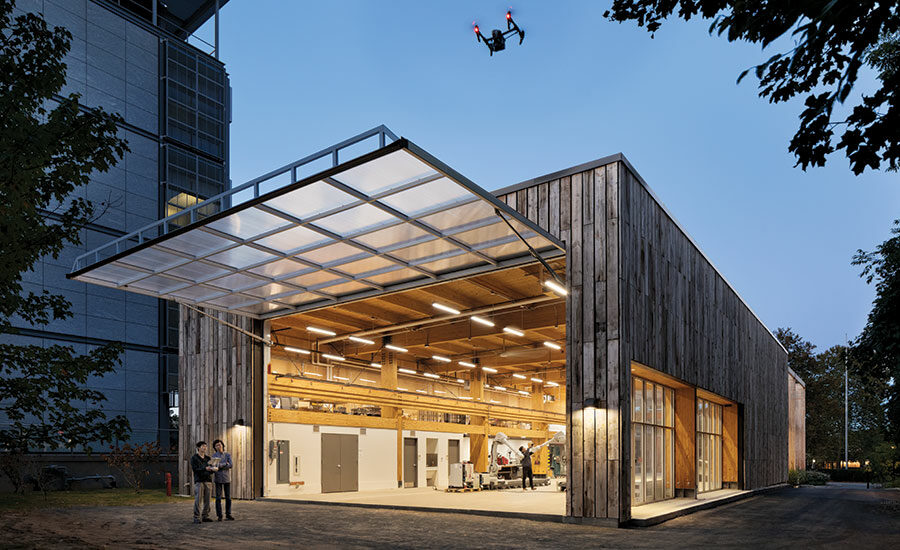
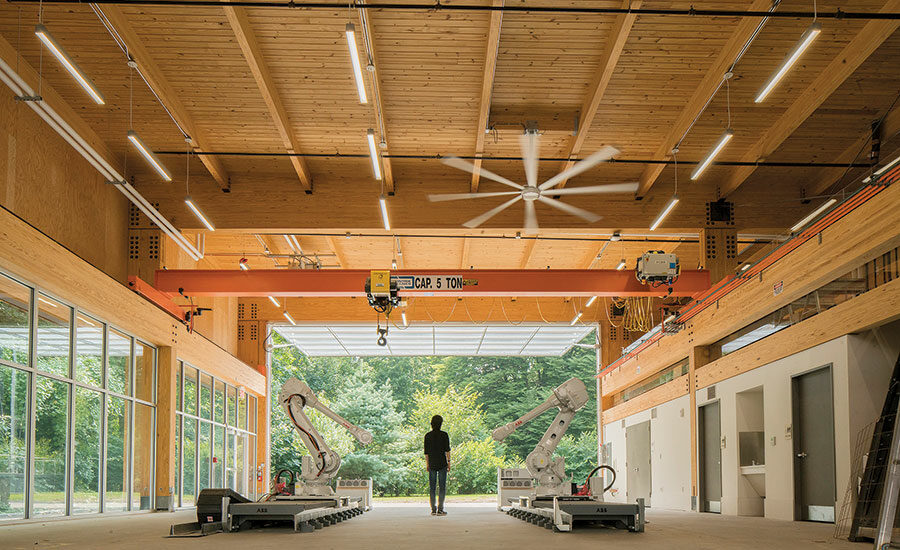
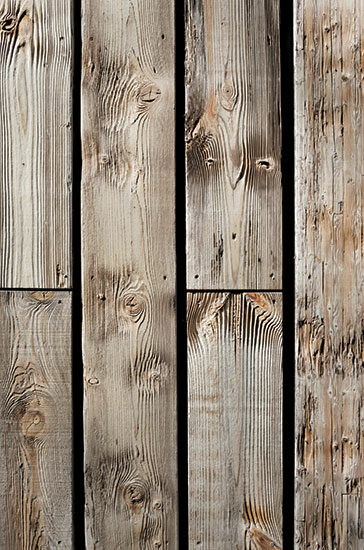
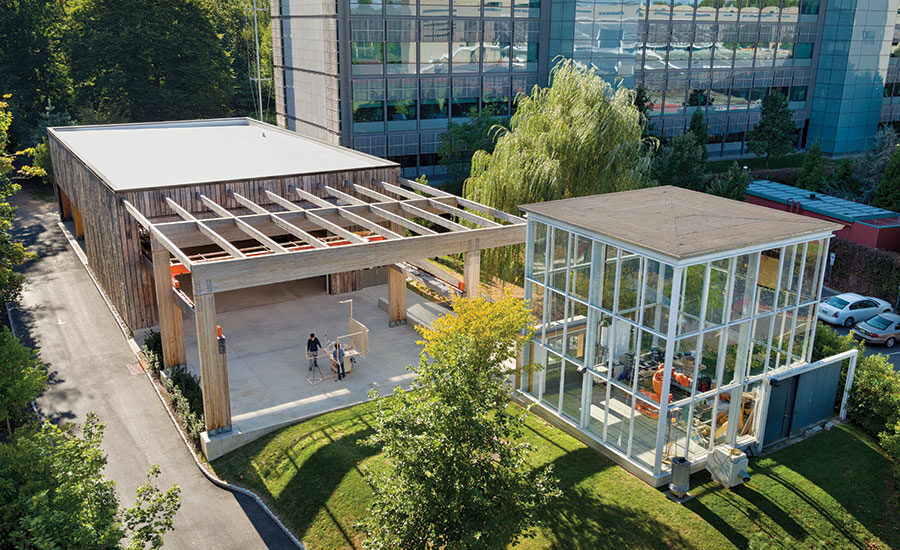
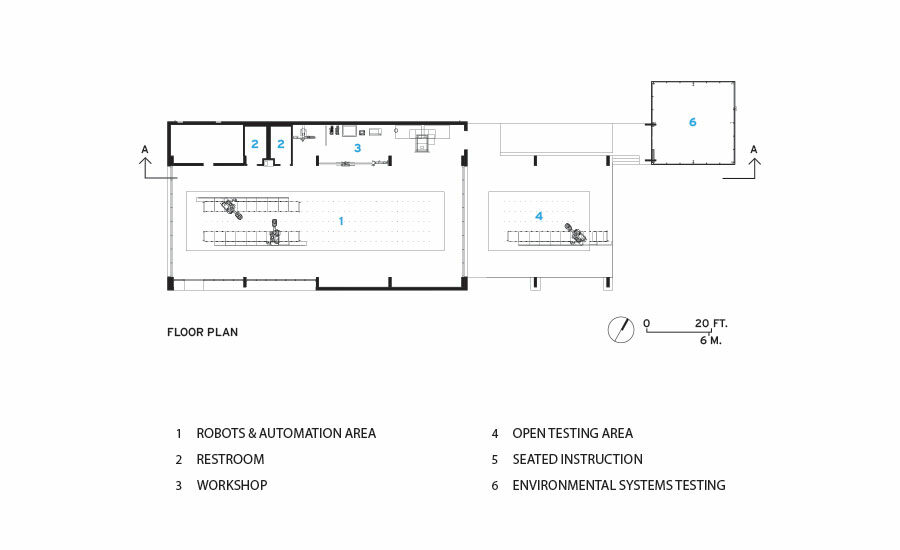
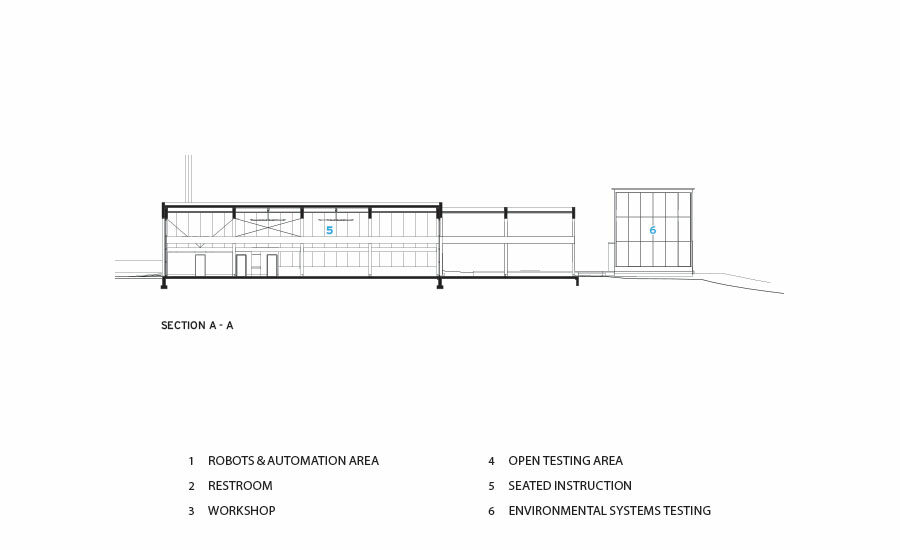


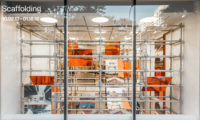
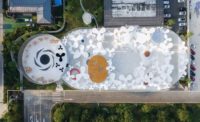
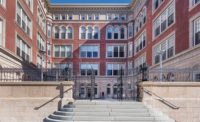
Post a comment to this article
Report Abusive Comment